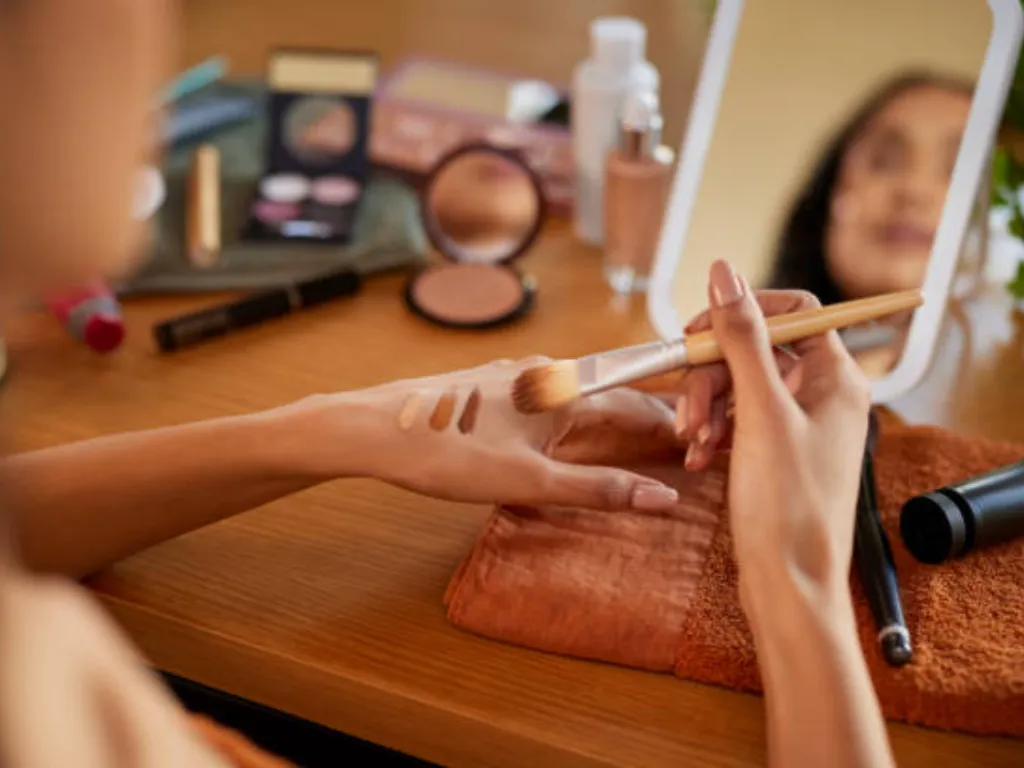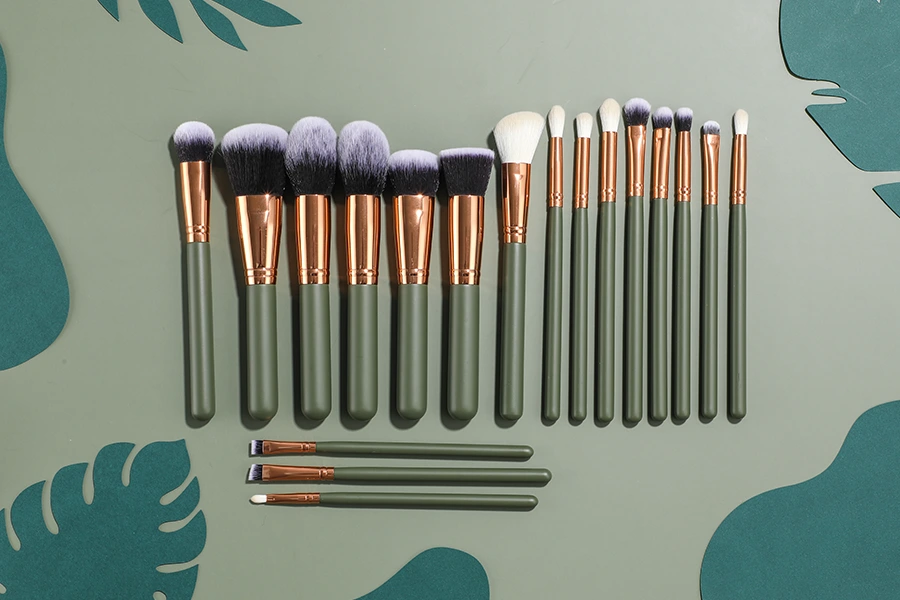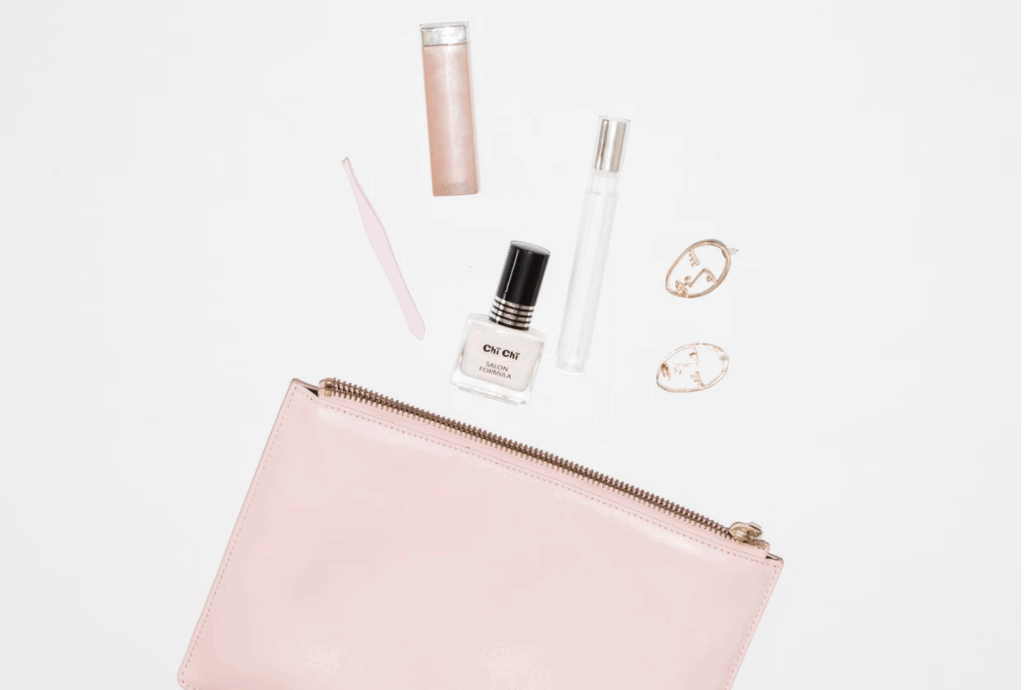Getting ready in the morning can feel like a routine, but for many, it’s a moment of calm before the day begins. Makeup often plays a key role in that. Correcteur, especially, can help you look refreshed and awake, but the tools you use matter. You might wonder, is a brush or sponge better for concealer? The choice can truly impact how smoothly your makeup blends and how long it lasts. Let’s explore which option is best for you.
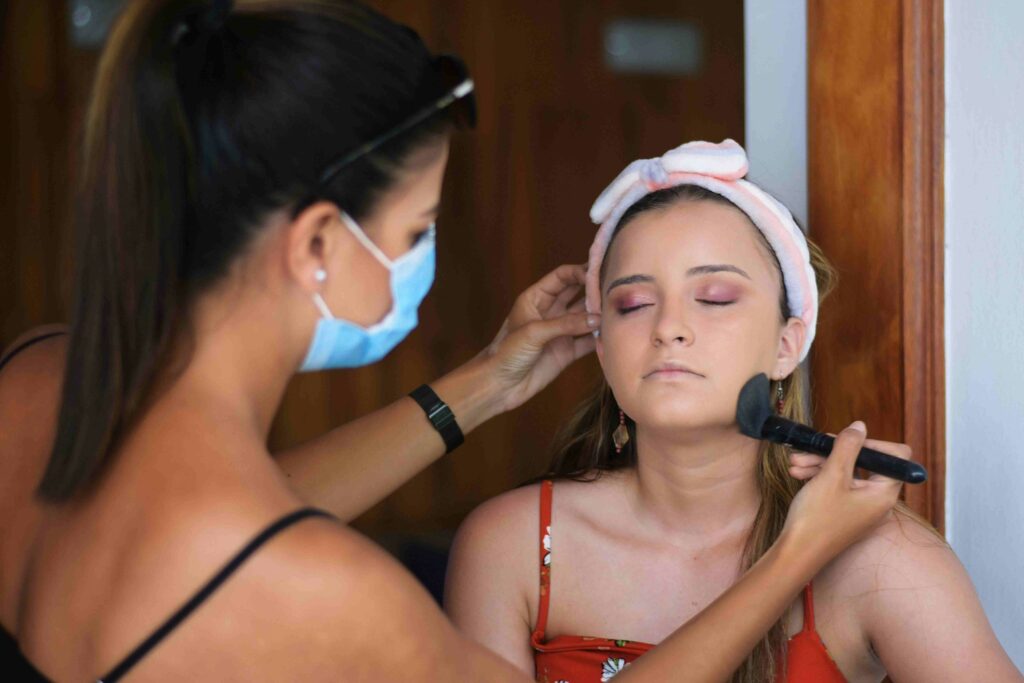
What Brush Is Used for Concealer?
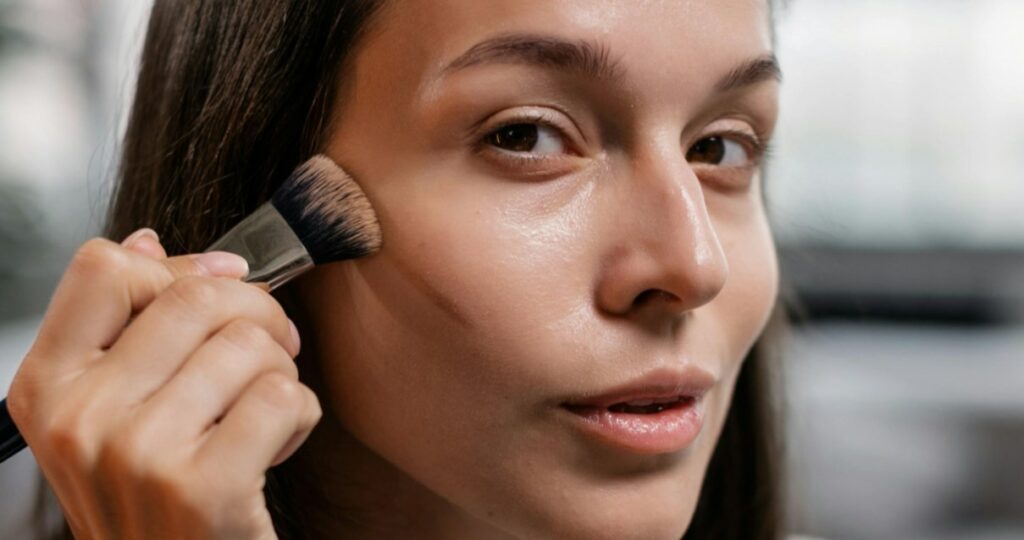
UN pinceau de correcteur typically features a small, plat, synthetic bristle design, ideal for precision work. Tapered concealer brushes allow for more targeted application, particularly useful for blemishes and under-eye areas. The synthetic bristles are key, as they don’t absorb liquid product the way natural fibers do, ensuring more product reaches your skin. Dense, firm bristles help to buff the concealer in, leaving an even, effet aérographe.
What Shape of Sponge Is Used for Concealer?
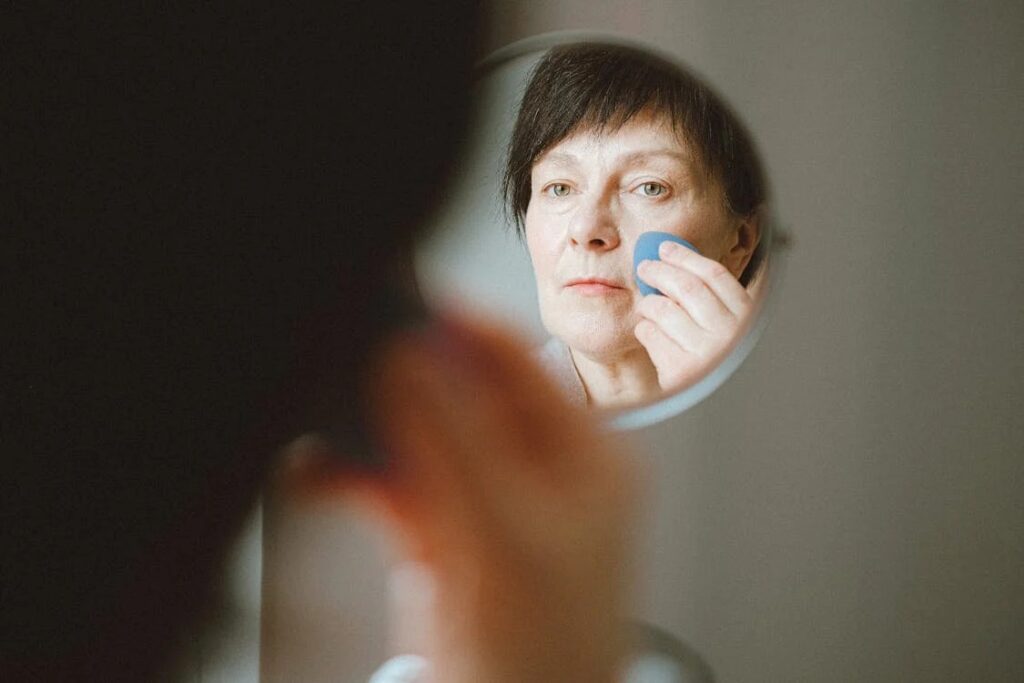
Se maquiller éponges come in various shapes, but the teardrop and wedge are the most effective for concealer application. The pointed tip of a teardrop sponge excels in reaching delicate areas such as the inner corners of the eyes, while the wider base can blend larger areas seamlessly. Wedge-shaped sponges are also ideal for detail work, particularly in areas where precision is key, as the angled edges offer sharp control.
Un pinceau ou une éponge est-il meilleur pour le correcteur?
The right tools can make all the difference when applying makeup, especially when it comes to concealer. Whether you’re aiming to cover dark circles or hide blemishes, how you apply your concealer can affect the final look. Some reach for a brush, while others swear by a sponge, but which one delivers the best results? Let’s dive into the benefits of each to find out.
Concealer Type
The choice between a brush or sponge often depends on the formula of the concealer. Pour plus d'épaisseur, cream-based products, a brush is preferable as it provides control and precision. Liquid concealers, d'autre part, benefit from the sponge’s ability to diffuse and blend the product smoothly, avoiding streaks that might come from a brush.
Finition
For a more natural, finition diffuse, sponges tend to be superior. Their ability to press the product into the skin creates a seamless effect. Brosses, cependant, are better for full coverage, as they can deposit more product in a concentrated area. Those aiming for a heavier, flawless look may lean toward brushes, while sponges work best for a sheer, second-skin effect.
Hard-to-Reach Areas
Éponges, particularly those with pointed tips, are excellent for hard-to-reach areas such as the inner corners of the eyes or around the nose. Brosses, though more precise in some ways, may struggle with these small crevices. Cependant, a smaller, angled brush can still perform well in detailed spots if used with care.
Product Waste
When considering product waste, brushes are the clear winner. Sponges tend to absorb a portion of the product, especially if not dampened before use. Brosses, especially synthetic ones, do not soak up liquid formulas, allowing for more efficient use of concealer. This is a key factor for those working with high-end or limited amounts of product.
Cleaning
Sponges require more frequent and thorough cleaning due to their porous nature, which can harbor bacteria and old product buildup. Brushes are easier to clean, often requiring less time and maintenance. Regular cleaning of either tool is essential to avoid breakouts or skin irritation.
Extra Tips for Applying Concealer
- Push the product into the skin: Avoid dragging the concealer across your face. Pushing or tapping it into the skin helps the product meld with your complexion, ensuring a longer-lasting finish. This technique works well with both brushes and sponges for a smoother application.
- Dampen your sponge: Before applying concealer, lightly moisten your sponge. A wet sponge prevents product absorption and allows for a more even, sheer application. It also helps blend the product seamlessly into the skin for a natural finish.
- Use your finger for final blending: For a more natural, finition de peau, patting the edges of the concealer with your finger can soften any harsh lines. The warmth of your skin helps melt the product, making it blend more naturally into the surrounding area.
- Apply thin layers: Instead of applying a thick layer of concealer all at once, build coverage in light layers. This method prevents cakiness and ensures the product sits comfortably on the skin. It allows for a more even, buildable coverage without feeling heavy.
- Set with powder immediately: After applying your concealer, dust a translucent powder over the area to lock it in place. This technique prevents creasing and ensures your concealer lasts throughout the day, especially in areas prone to movement, like under the eyes.
- Robinet, don’t swipe: When using a brush or sponge, tapping the product in rather than swiping creates a more even distribution of the concealer. Swiping can move the product around too much, leading to patchiness or streaking.
- Use a brightening shade: For under-eye concealer, opt for a shade slightly lighter than your foundation to brighten the area. This helps counteract dark circles and adds a subtle lift to the face without the need for heavy coverage.
- Start small, then build: Apply a minimal amount of concealer first, especially with a full-coverage product. It’s easier to add more product if needed than to remove excess once it’s applied. This ensures a natural and controlled finish.
- Work quickly with liquid concealers: Liquid concealers tend to dry faster, so work in sections to avoid the product setting before you’ve had a chance to blend. This is especially important with matte formulas, which can become difficult to move once they’ve set.
- Avoid applying concealer directly to dry patches: If you have dry or flaky areas, avoid applying concealer directly to them. Plutôt, hydrate the skin first with a rich moisturizer or primer, then apply concealer sparingly to avoid emphasizing texture.
Conclusion
Both brushes and sponges have their merits when applying concealer. Brushes offer precision and fuller coverage, while sponges create a natural, seamless finish. Finalement, it depends on your concealer type and desired look. Donc, is a brush or sponge better for concealer? The answer varies, but with the right choice and technique, flawless application is within reach. Ready to perfect your concealer game? Start experimenting with both tools to see which suits you best!














